Persona 3 Reload is a remake of the beloved Persona 3 JRPG from 2006, and like its predecessors, you can choose from several difficulty options to customize your experience.
If you’ve just started Persona 3 Reload and are wondering which difficulty setting is best for you, worry not, as this article will break each one down and explain the differences.
All difficulty settings in Persona 3 Reload
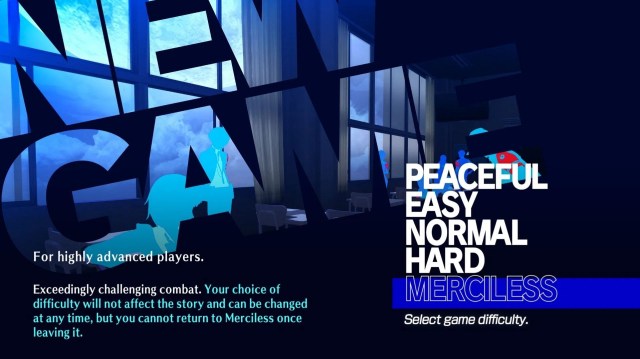
Persona 3 Reload has five difficulty options you can choose from immediately upon booting up the game. These are Peaceful, Easy, Normal, Hard, and Merciless. You can change the difficulty at any time, but if you pick Merciless and lower the difficulty, you won’t be able to choose Merciless again for the rest of your playthrough.
As the name suggests, Peaceful is the easiest option that lets you enjoy the game with little to worry about. Enemies are less threatening, items are easier to get, and Shadows are less aggressive while exploring Tartarus. If you or your party members fall in battle, they’ll instantly auto-revive at no cost no matter how many times you die and no matter the scenario. This option is best for players who don’t want a challenge and are only interested in experiencing the story.
The Easy difficulty option is slightly more challenging than Peaceful but still has very low stakes. While enemies are slightly harder, not many will give you a tough time, and you can still infinitely revive as much as you want. This option is best for players new to the Persona series and turn-based JRPGs in general and for those who want to ease into combat with little difficulty. However, the mode will still provide some challenging scenarios, specifically during boss fights. Choosing this option won’t stop you switching to Normal when you get used to the combat.
The Normal difficulty option is the standard option recommended to all types of players. If you’re a seasoned JRPG player who’s never played a Persona title or a returning Persona player who’s beaten at least one of the games, then the Normal difficulty setting is likely best for you. Normal offers moderately challenging combat: Enemies are tougher, and shadows quickly notice and get behind you while traversing Tartarus. Additionally, if your protagonist is defeated in combat, it causes an immediate Game Over, and you’ll have to reload your last save.
Hard mode is for players who enjoy strategizing. This option facilitates intense combat scenarios and requires you to grind in Tartarus to keep up with enemies that are tough as nails. On Hard mode, you’ll have to carefully plan out all your moves to achieve victory. If you’re a die-hard JRPG fan who’s played many difficult turn-based games, or just a seasoned Persona veteran, this option is likely for you.
Lastly, Merciless mode is the most challenging choice. Enemies will nearly one-shot you, and they’ll always try to exploit your party’s weaknesses whenever possible. What’s more, your attacks do significantly less damage than the other options. To top it all off, traversing between floors in Tartarus is even more dangerous, as Shadows will spot you from what seems like miles away and chase you down if you aren’t careful. You can only pick this mode at the start of your playthrough.
If you’re a player who enjoys the thrill of a tough challenge and has beaten every Persona game, including the original Persona 3, you may be able to take on Merciless difficulty.
Which Persona 3 Reload difficulty should you choose?
If you’re wondering which difficulty best suits you, consider your experience with the series and turn-based JRPGs in general. If you’re new to the genre, Easy or Peaceful options are advised. Normal or Hard options are better if you’re a series fan with some experience of the genre. And if you love a challenge and enjoy being pushed to the limit, Merciless will suit you fine.
It’s worth noting that none of the difficulty options affect Persona 3 Reload’s story, nor are they tied to trophies or achievements. This means you’re free to choose any mode (except Merciless) at any time you wish without worrying about the consequences.


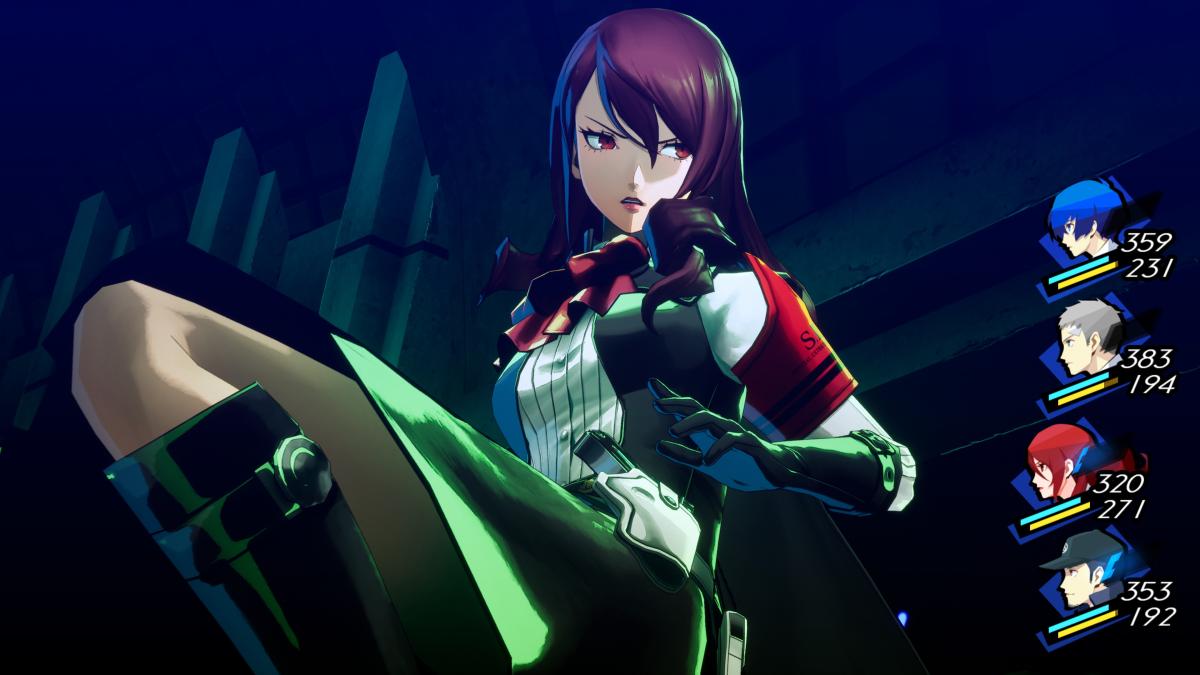
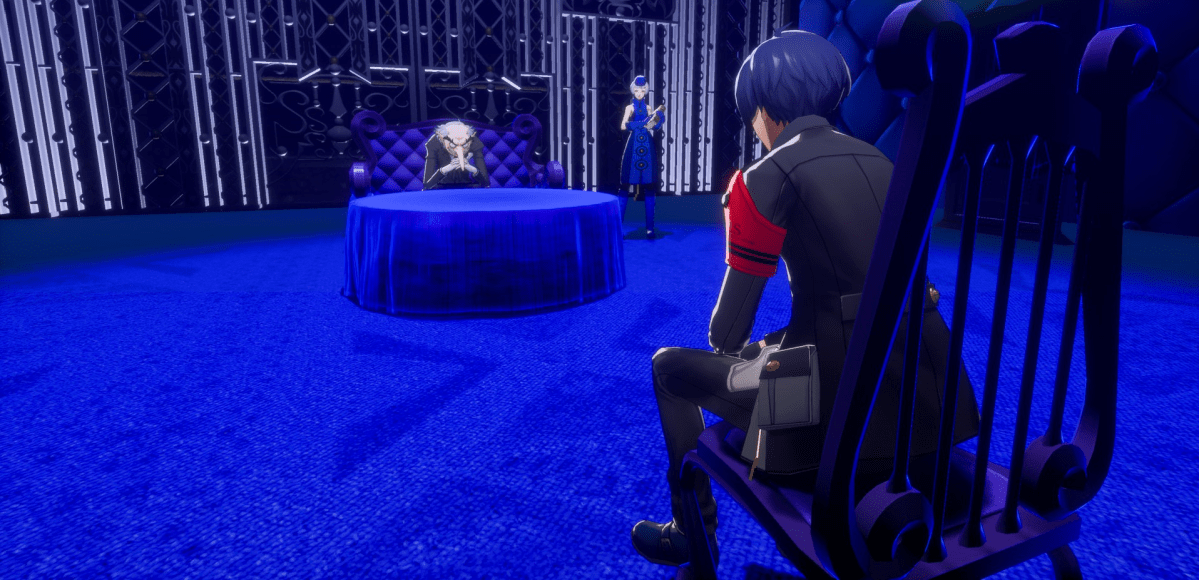
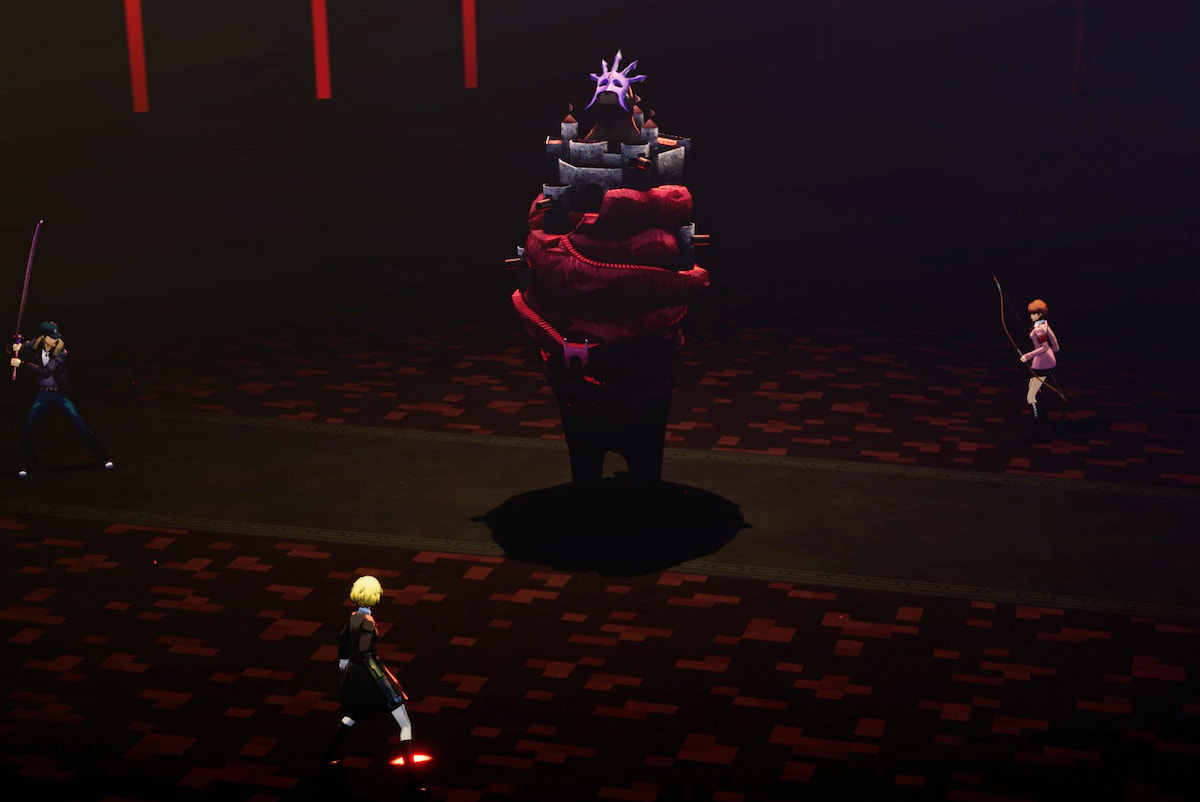
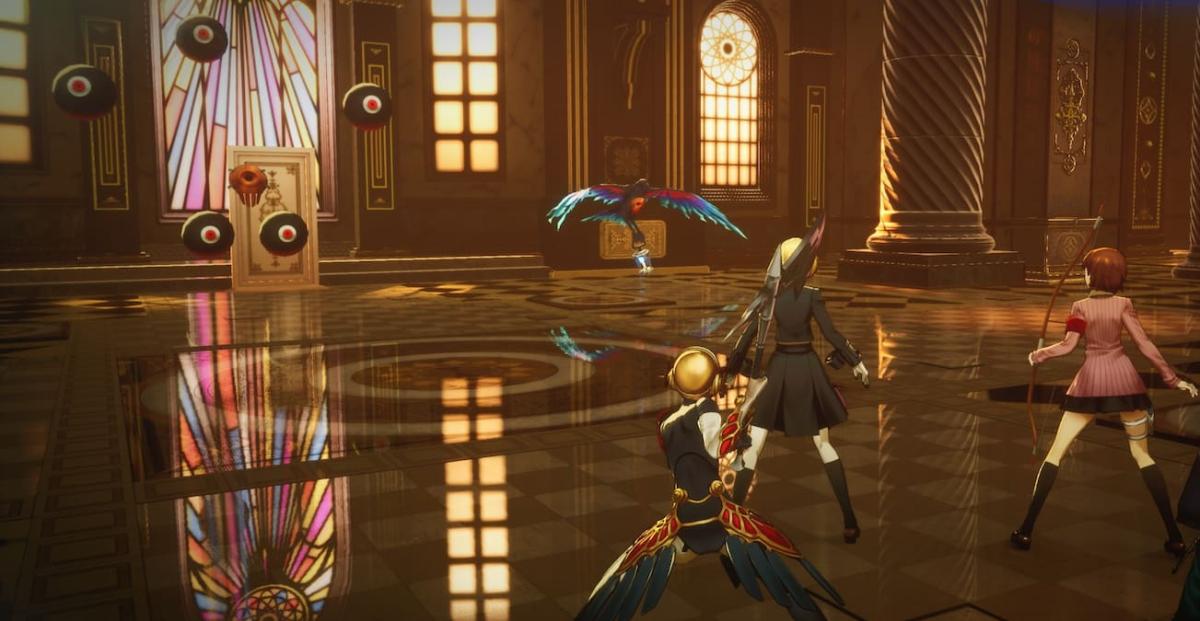
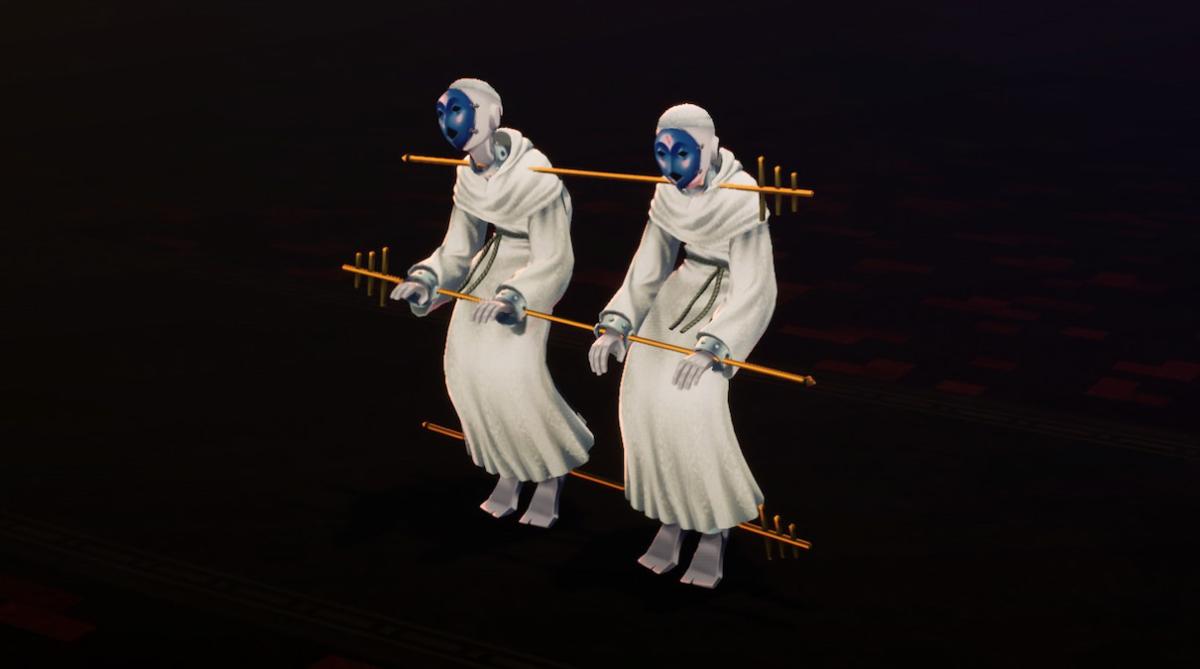
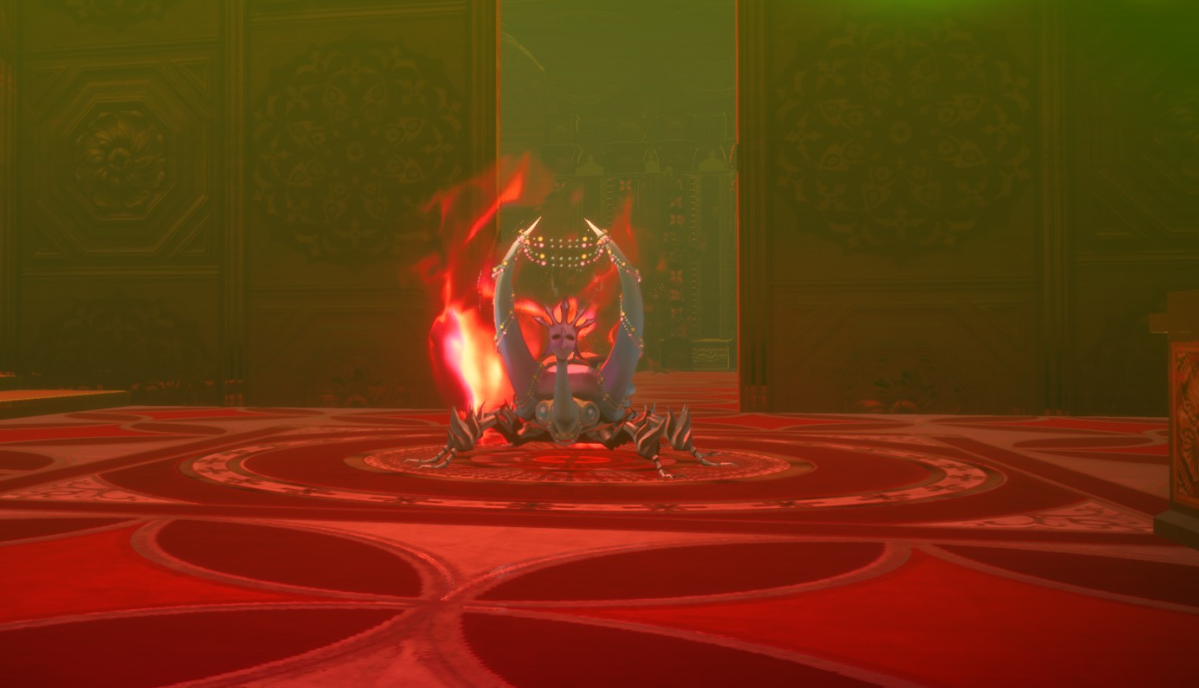
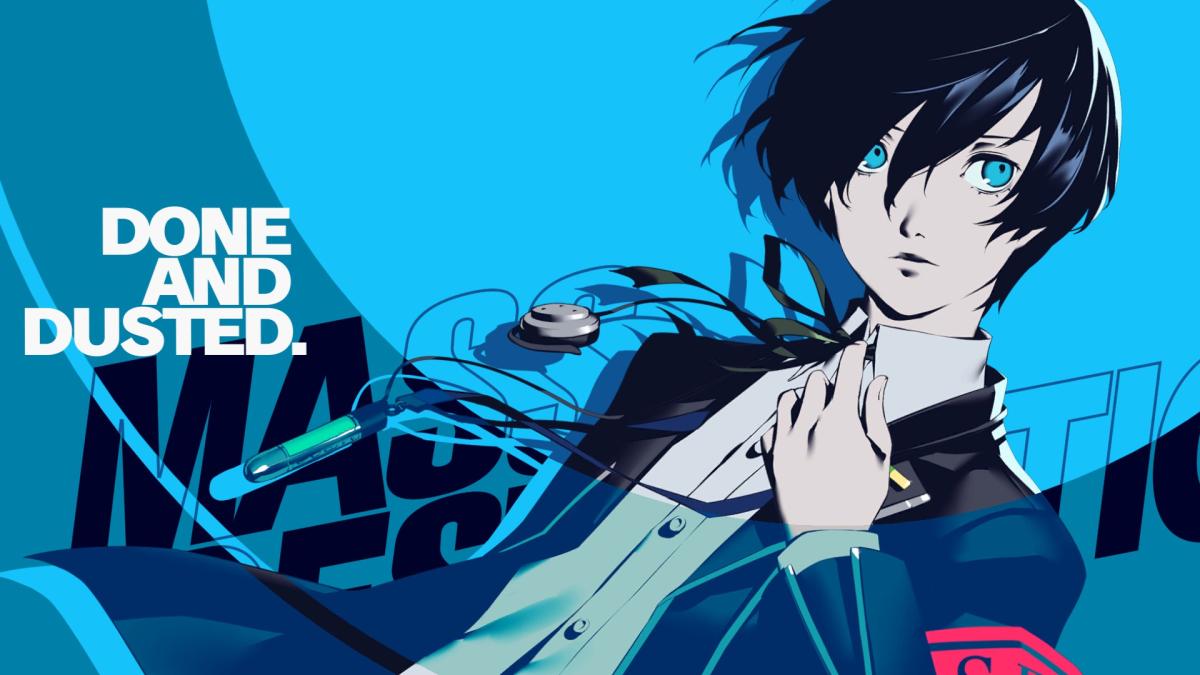
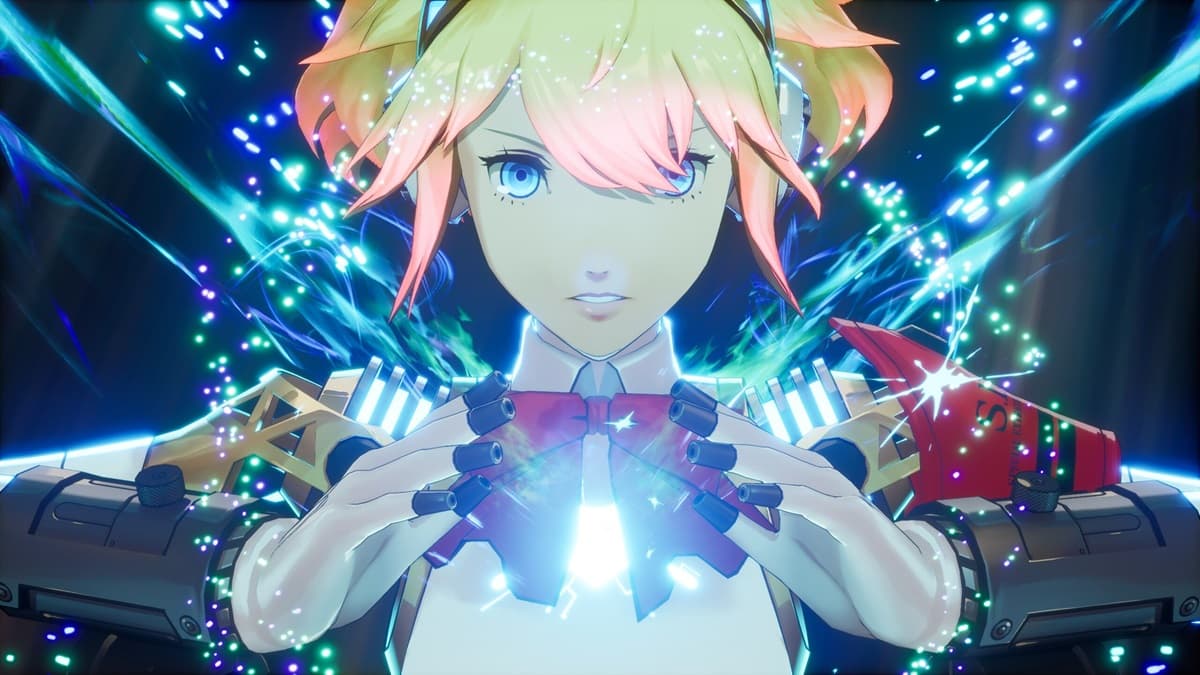
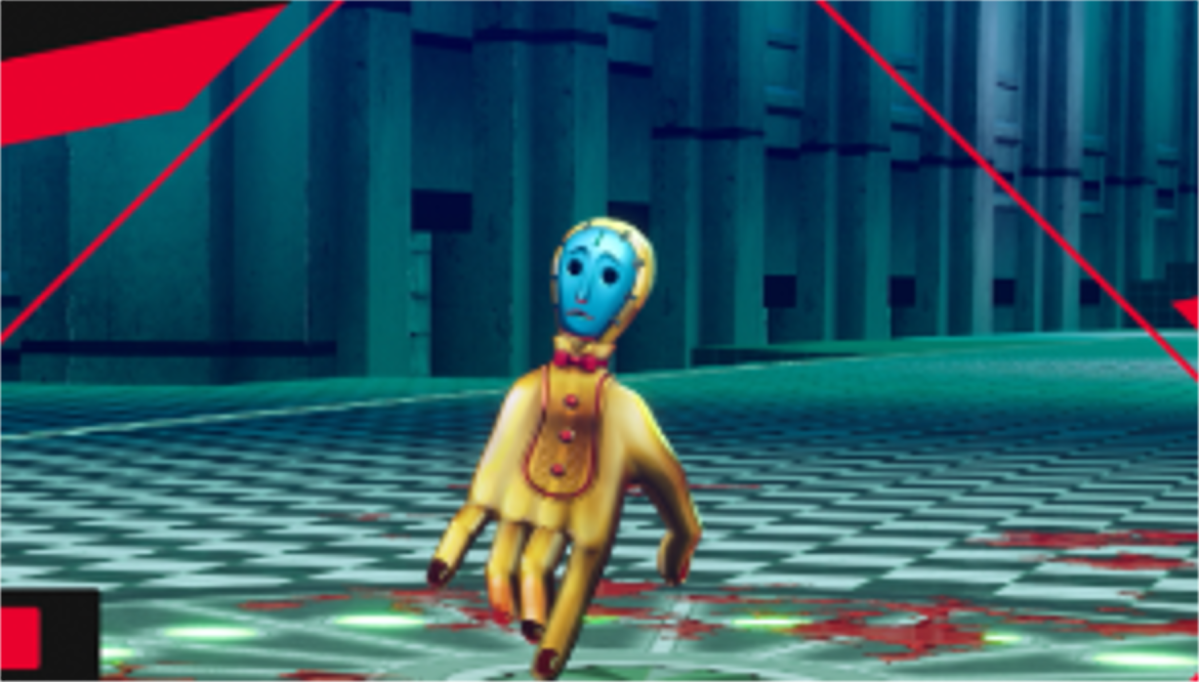


Published: Feb 4, 2024 05:44 am